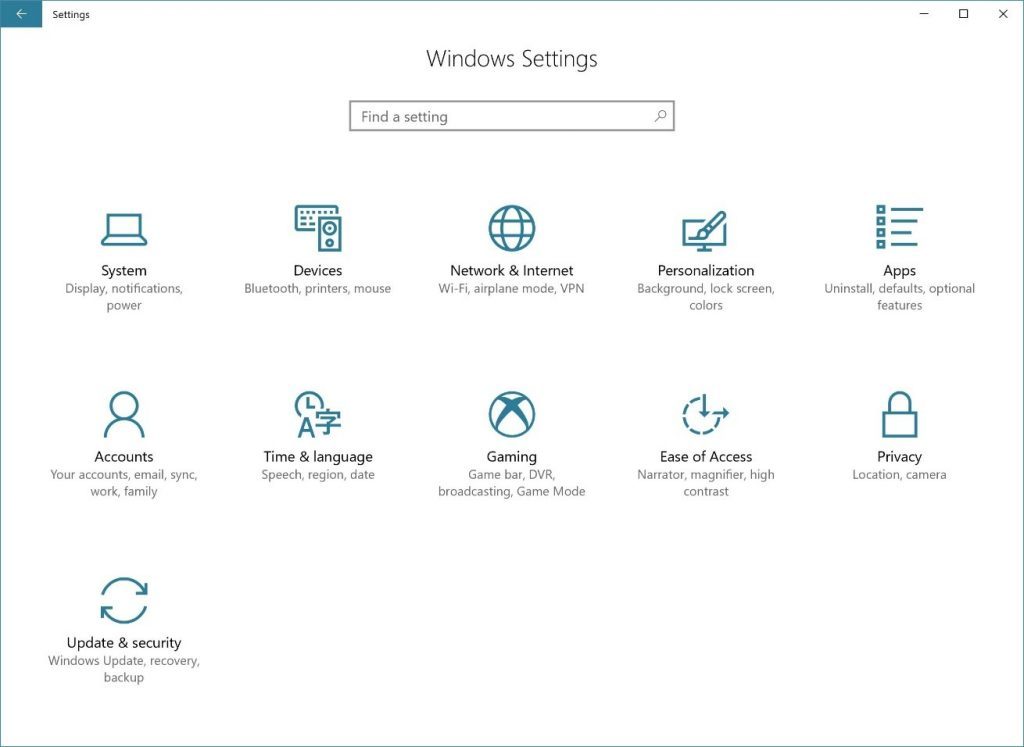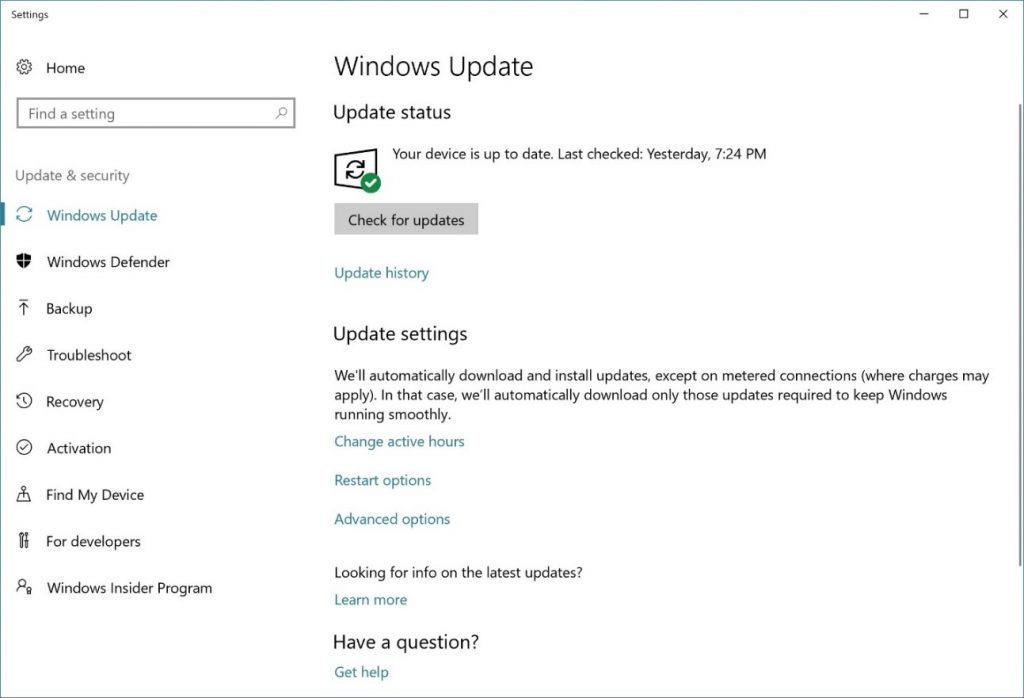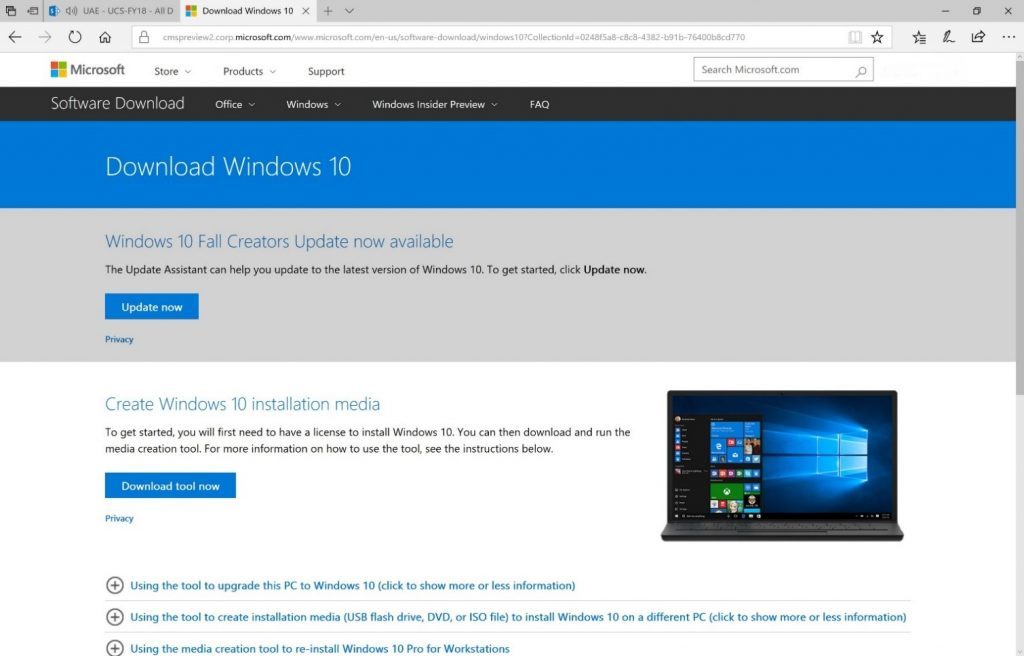We spent all weekend helping our customers affected by the Allscripts malware attack. A limited number of Allscripts services went down Thursday after a ransomware incident, according to an emailed statement from company spokeswoman Concetta Rasiarmos.
AllScripts allows physicians to send electronic prescriptions to pharmacies. Patient data is sent to a pharmacy for order completion – by being hacked and compromised, patient data is at risk!
New variant of SamSam – a ransomware family linked to several attacks against medical providers – is behind the Allscripts outage
The EHR giant is investigating the incident to provide further details.
“We are working diligently to restore these systems, and most importantly, to ensure our clients’ data is protected,” wrote Rasiarmos. “We regret any inconvenience caused by this temporary outage.”
In a conference call for customers on Saturday, which Salted Hash listened-in on, Allscripts’ Jeremy Maxwell, director of information security, said their PRO EHR and Electronic Prescriptions for Controlled Substances (EPCS) services were the hardest hit by the ransomware attack.
Other services had availability issues as well, but those have since been restored, such as direct messaging and some CCDA functionality.
The following email was sent to Providers:
From: NYSDOH HEALTH NOTIFICATION [mailto:notify01@health.ny.gov]
Sent: Friday, January 19, 2018 9:20 PM
To: Lisa Eng
Subject: Alert: For your immediate attention: AllScripts Cyber EventClick here when you are ready to confirm receipt of the email.
If you can not click the above link use the following URL by copying into your browser.
https://apps.health.ny.gov/pub/cgi-bin/applinks/pubforms/AlertAcknowledge2?AID=9909950yag3dqb6avType: Alert
Description of Alert: For your immediate attention: AllScripts Cyber Event
Source Organization: NYSDOH
Authorizing Person: Sally Dreslin
Sender’s Jurisdiction: state
Document Date: 01/19/2018
Date of Alert: 01/19/2018The Department of Health (DOH) is aware that a cyber incident regarding AllScripts has occurred. This may have an impact on the ability for hospitals, clinics, nursing homes, individual prescribers and pharmacies to transmit and receive prescription electronically. It is permissible for those impacted to use paper official prescriptions in accordance with New York State regulations. Should you have urgent questions in this regard, please contact DOH at (866) 811-7957 or off-hours at (866) 881-2809.
Recipients:
Dental Practices – Controlled Substance Prescription Data Reviewer (CSPDR)
Dental Practices – Controlled Substance Prescription Data Submitter (CSPDS)
Dental Practices – HPN Coordinator
Hospital (ext clinic) – Administrator
Hospital (ext clinic) – Director, Nursing
Hospital (ext clinic) – Emergency Response Coordinator
MDs as organizations – Controlled Substance Prescription Data Reviewer (CSPDR)
MDs as organizations – Controlled Substance Prescription Data Submitter (CSPDS)
MDs as organizations – HPN CoordinatorFor questions: Please send an e-mail to debra.sottolano@health.ny.gov, as notify01 is a non-monitored mailbox.
Alert – Highest priority emergency communication; warrants immediate action or attention by the recipient.
High Advisory – High priority does not warrant immediate action but recipients should be aware.
Advisory – Provides very important information for a specific incident or situation that does not require immediate action.
Updates to Alerts and Advisories – Provides updated informa tion regarding an incident or situation; unlikely to require immediate action.
Informational Message – Provides timely information, important for review or serves as a reminder for an action that should be taken.Click here when you are ready to confirm receipt of the email.
If you can not click the above link use the following URL by copying into your browser.
https://apps.health.ny.gov/pub/cgi-bin/applinks/pubforms/AlertAcknowledge2?AID=9909950yag3dqb6av
Don’t Fall Victim!
OnGuard Remote Backup platform has helped many customers over the bast few months recover from encryption ware based attacks! We offer a trusted protection platform that’s flexible enough to meet your current and future business needs. Our LIVE support works with you to help recover your systems quickly.
We are also introducing several new OnGuard security products this year geared to protect your business.
Onguard Mail Essentials powered by GFI: Protect your business against email-borne junk, viruses, spyware, phishing and other malware threats.
Hardware Firewalls with Advanced Security Protection: We are working with our U.S.A. based developers in order to provide proactive protection of your entire network, reducing your exposure to cyber threats at a price point that will not decrease your bottom lime.
- Protection against polymorphic malware, using smart cloud based AV engine and definitions powered by Kaspersky.
- GFI Directory support for non Active Directory environments which enables far more flexibility when managing users in these environments.
- Support for Microsoft Windows Server 2016.
- Several reliability and performance improvements alongside a patch rollup of all the previous bug fixes that were released to date.
- Advanced spam-blocking technology with a spam capture rate of over 99% and close to zero false positives
- Hassle-free spam management, includes a web-based email management dashboard and reporting tool









